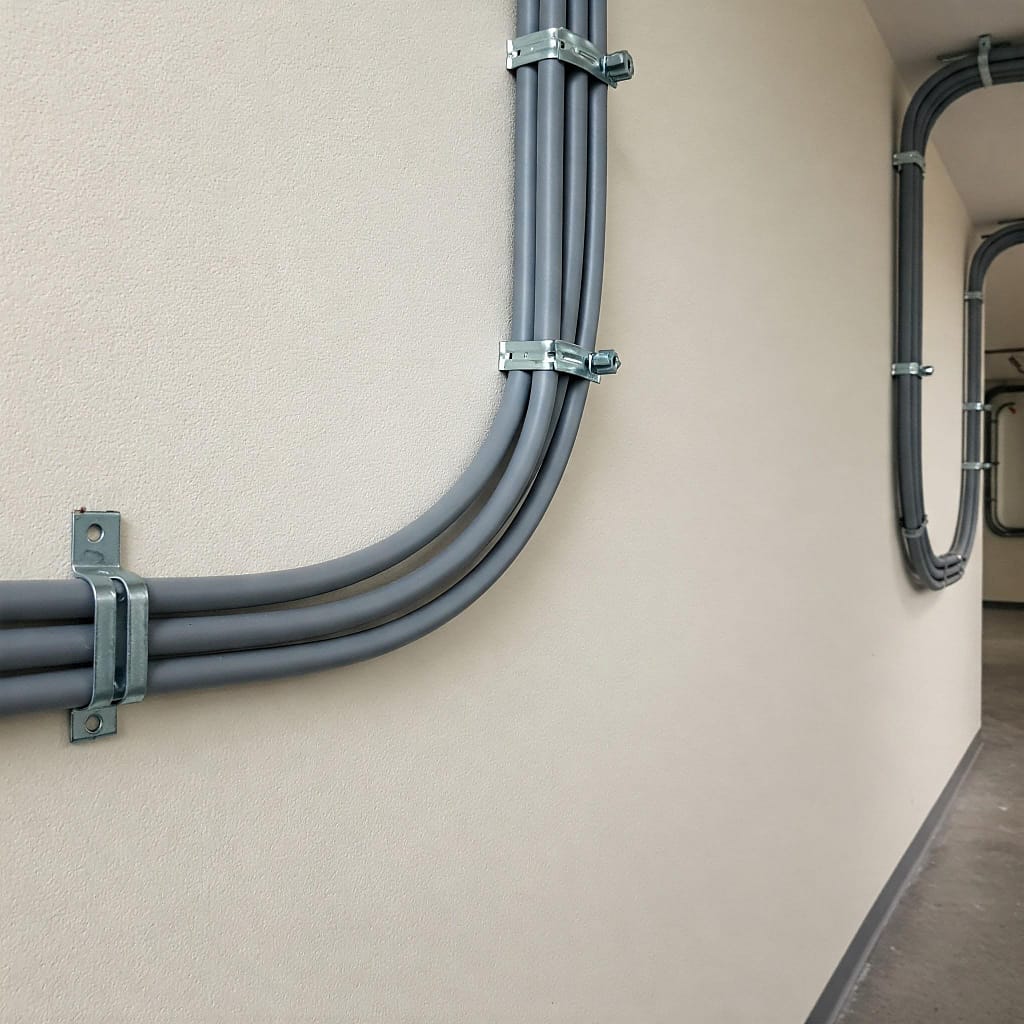How to decide Which Electrical Conduit is suitable for your Electrical Installation.

Electrical conduits are essential components in electrical installations, providing a protective pathway for electrical wires and cables. Choosing the right Electrical Conduit depends on several factors, including the type of wiring, environmental conditions, and installation requirements. This essay will elaborate on the methods and considerations involved in deciding which electrical conduit is suitable for your electrical installation.
Understanding Electrical Conduits
Before delving into the selection of electrical conduits, it's essential to understand the fundamental principles of electrical conduits. An electrical conduit is a tube or channel that encloses and protects electrical wires and cables. Conduits are typically made of metal or non-metallic materials, such as PVC, and are available in various types, including rigid metal, flexible metal, and non-metallic.
Electrical conduits serve several purposes, including:
1.Protection: Conduits protect electrical wires and cables from physical damage, moisture, and other environmental hazards.
2.Routing: Conduits provide a pathway for electrical wires and cables, allowing them to be routed from one location to another.
3.Support: Conduits provide support for electrical wires and cables, preventing sagging and ensuring proper installation.
4.Grounding: Conduits can serve as a grounding path for electrical circuits, providing a safe and reliable connection to ground.
Factors Influencing Conduit Selection
Several factors influence the selection of electrical conduits for an electrical installation. These factors include:
1.Type of Wiring: The type of wiring, such as power, control, or communication cables, will determine the size and type of conduit required.
2.Environmental Conditions: The environmental conditions, such as temperature, humidity, and exposure to corrosive or hazardous substances, will determine the type of conduit material and coating required.
3.Installation Requirements: The installation requirements, such as the location, mounting method, and accessibility, will determine the type of conduit and fittings required.
4.Code and Standards: The relevant codes and standards, such as the National Electrical Code (NEC) and the Institute of Electrical and Electronics Engineers (IEEE) standards, will determine the minimum requirements for conduit selection.
Selection of Conduit Type
Once the factors influencing conduit selection are determined, the next step is to select the appropriate conduit type. The following are some common types of electrical conduits and their suitability for different applications:
Rigid Metal Conduit (RMC): Galvanized steel or aluminum forms RMC, making it heavy-duty. Use it for outdoor and underground installations or in areas that experience high mechanical stress or exposure to corrosive substances.
Intermediate Metal Conduit (IMC): Manufacturers create IMC using galvanized steel or aluminum, giving it a lighter weight. Use it for both indoor and outdoor installations or areas with moderate mechanical stress or corrosive exposure.
Electrical Metallic Tubing (EMT): Fabricators craft EMT from galvanized steel or aluminum, making it lightweight. Use it for indoor installations or spaces with low mechanical stress and limited corrosive exposure.
Flexible Metal Conduit (FMC): FMC’s flexible design comes from galvanized steel or aluminum. Use it in installations requiring flexibility, such as tight spaces or areas with frequent movement or vibration.
Non-Metallic Conduit (PVC): PVC conduits are made from polyvinyl chloride, a non-metallic material. Use them for indoor or outdoor installations, particularly in areas exposed to moisture or corrosive substances.
Liquidtight Conduit: Fabricators produce liquidtight conduits using PVC or metallic materials. Use them to protect installations against moisture or liquids, especially in outdoor or underground environments.
Installation Considerations
In addition to selecting the appropriate conduit type, several installation considerations should be taken into account. These considerations include:
1.Sizing: The conduit should be sized to accommodate the required number and size of wires and cables, with proper spacing and clearance.
2.Routing: The conduit should provide a clear and direct pathway for the wires and cables, with minimal bends and turns.
3.Support: The conduit should be properly supported and secured to prevent sagging or movement.
4.Grounding: The conduit should be properly grounded to ensure electrical safety.
5.Accessibility: The conduit should be easily accessible for maintenance and inspection.
6.Code and Standards: The installation should comply with relevant codes and standards, such as the National Electrical Code (NEC) and the Institute of Electrical and Electronics Engineers (IEEE) standards.
Conclusion
In conclusion, deciding which electrical conduit is suitable for your electrical installation involves several factors, including the type of wiring, environmental conditions, installation requirements, and code compliance. By carefully considering these factors and selecting the appropriate conduit type, engineers can ensure a safe and reliable electrical installation.



